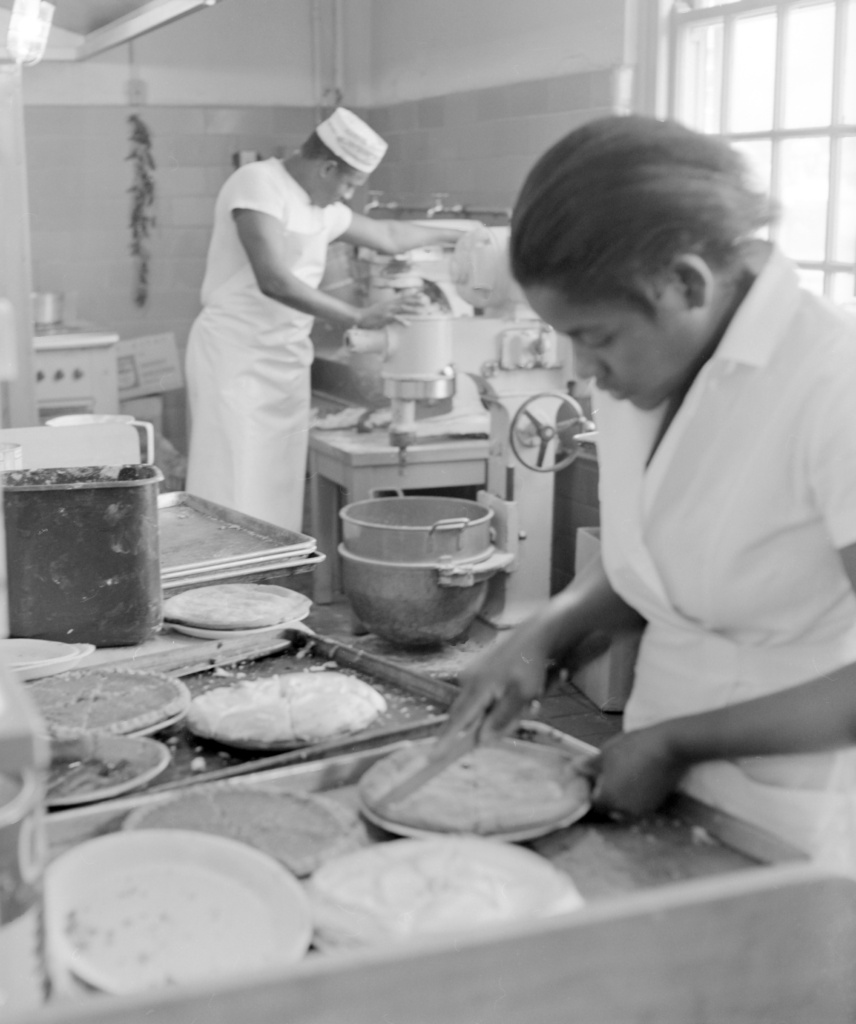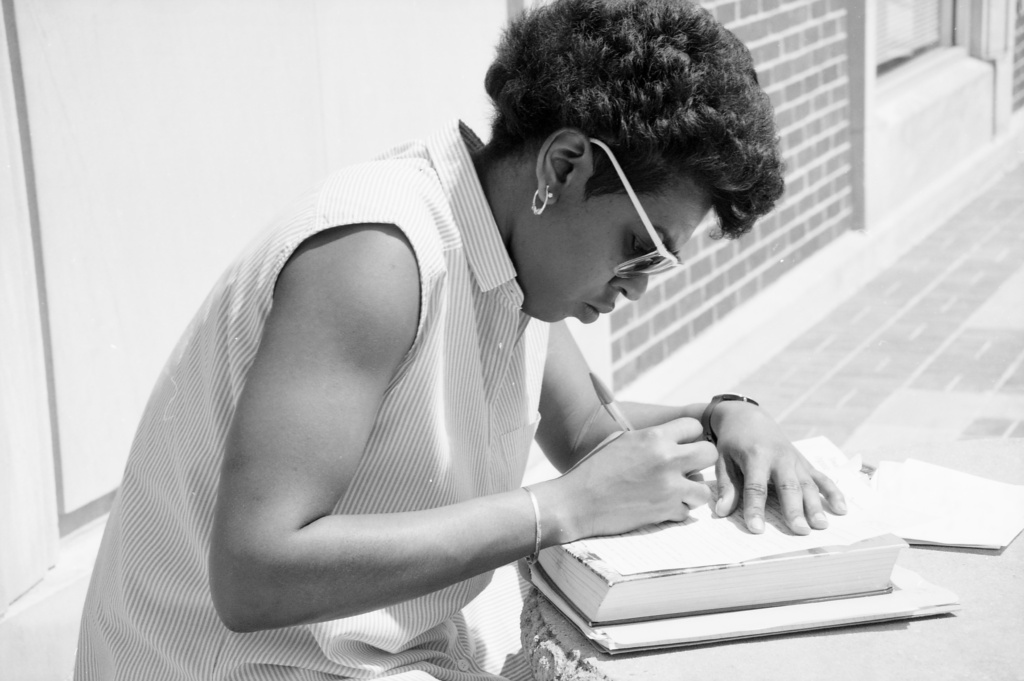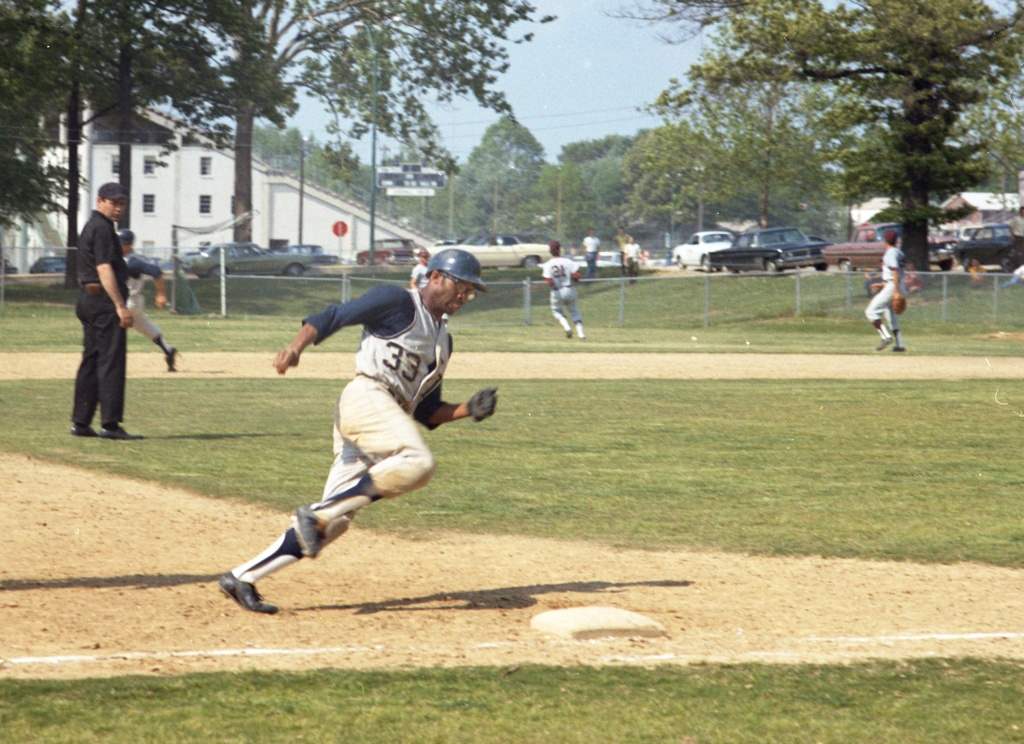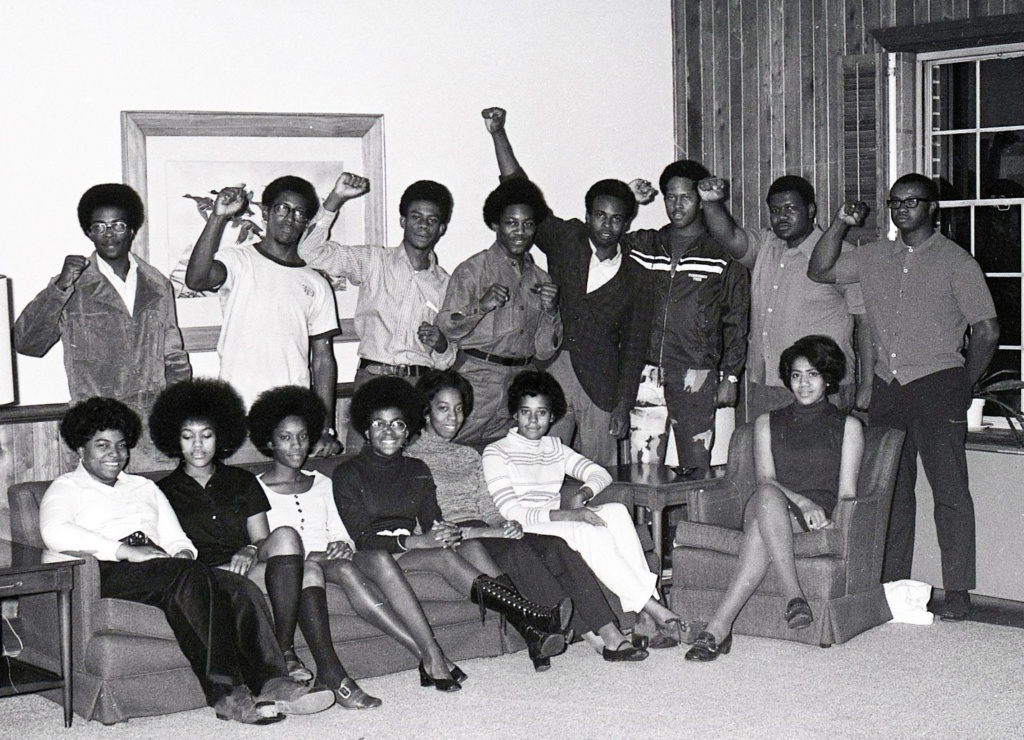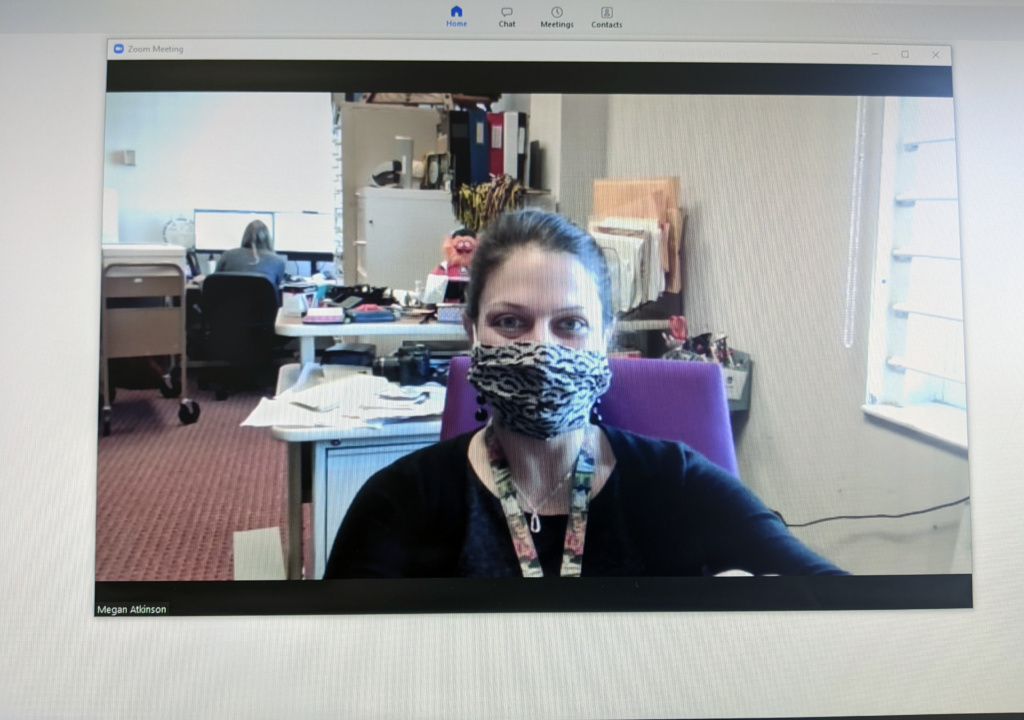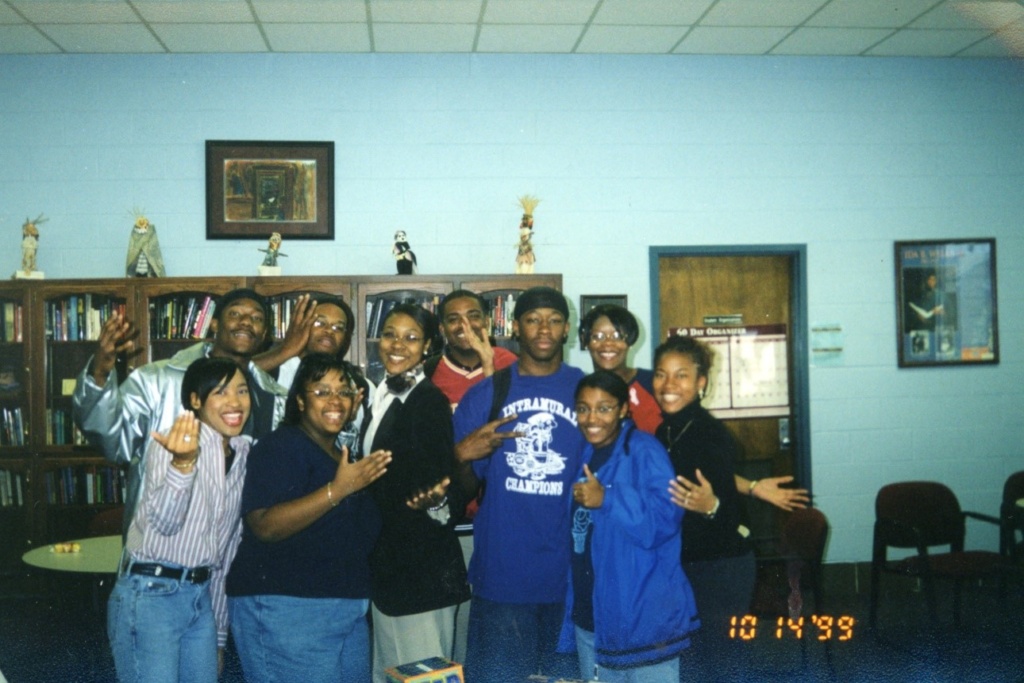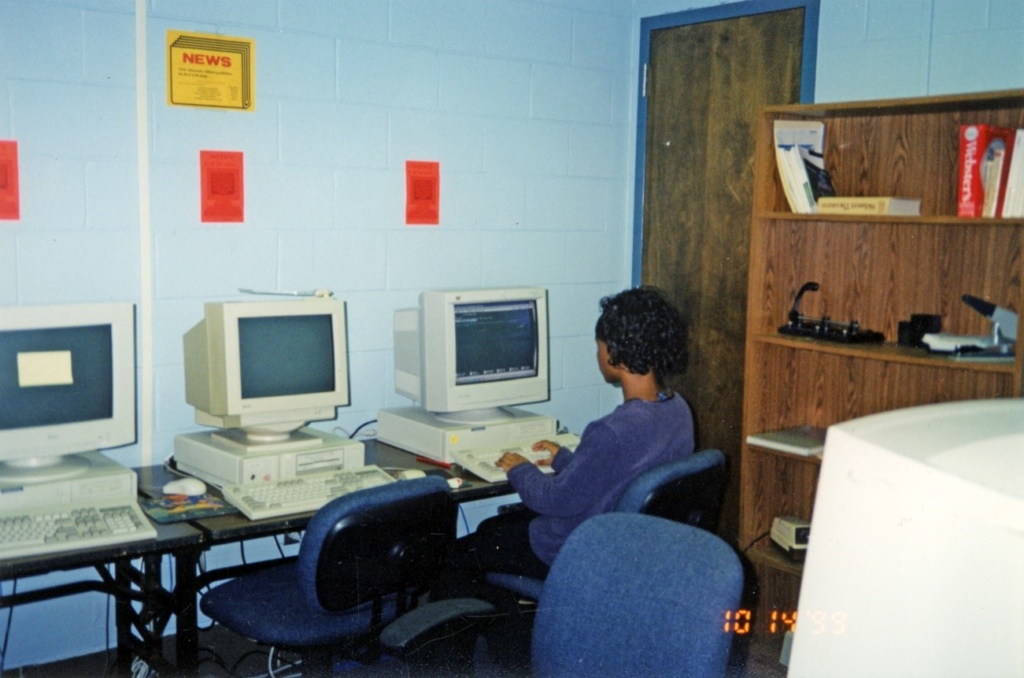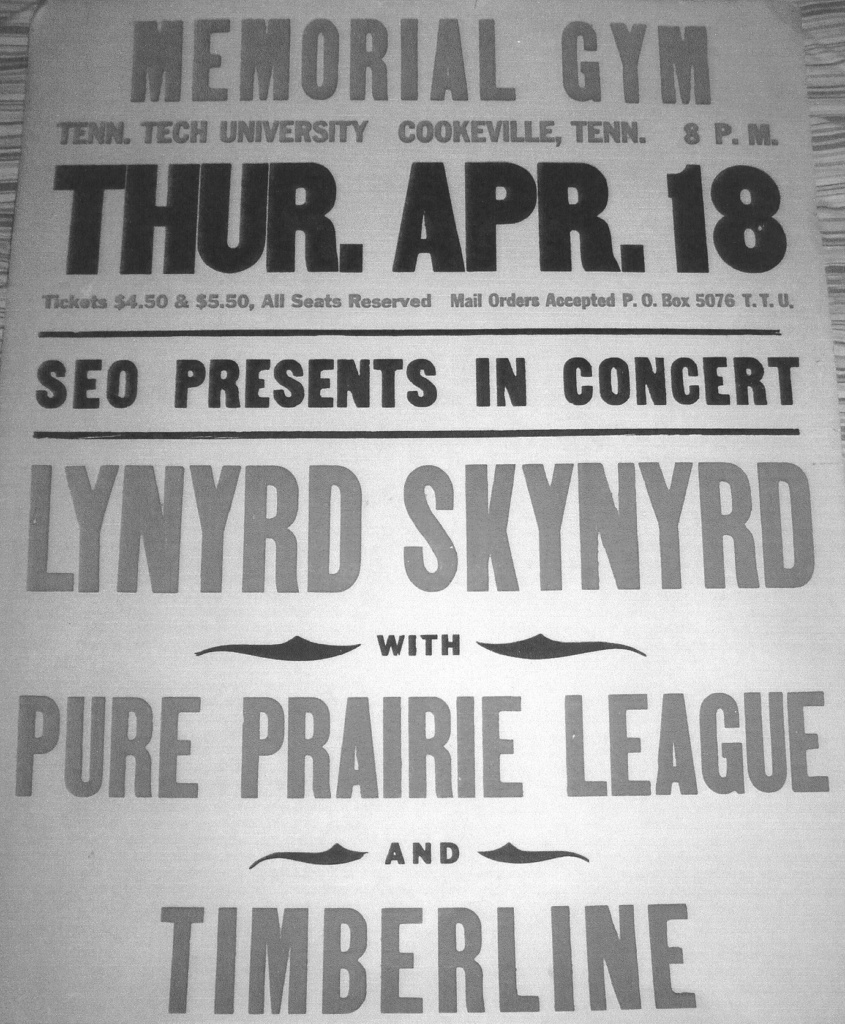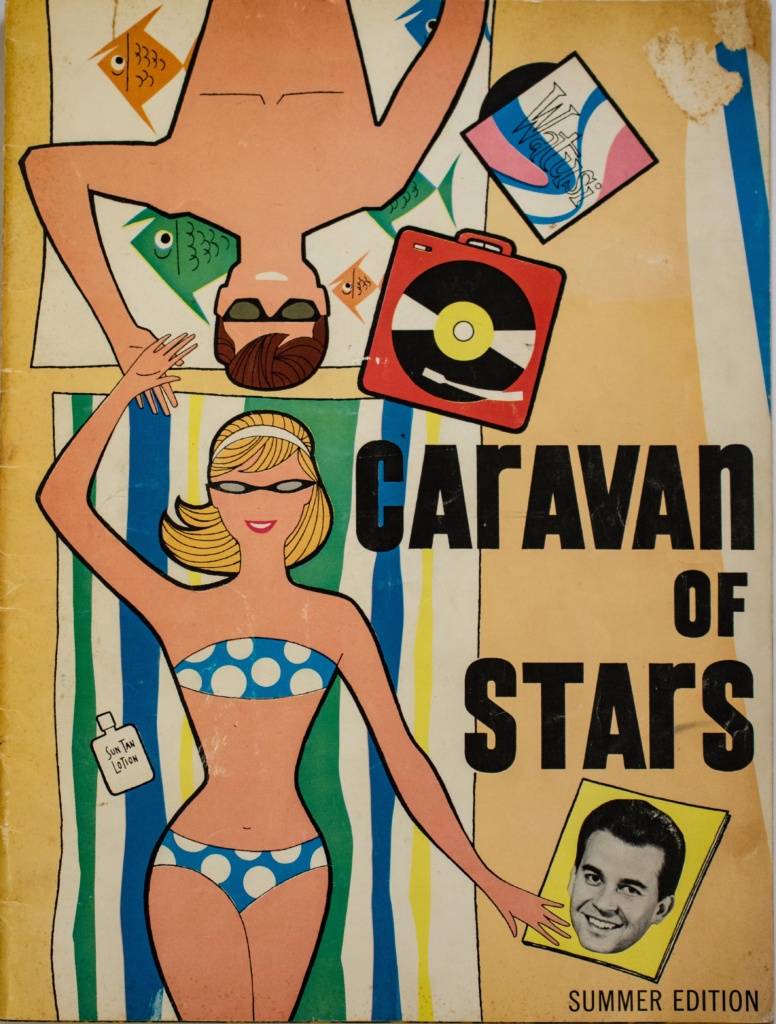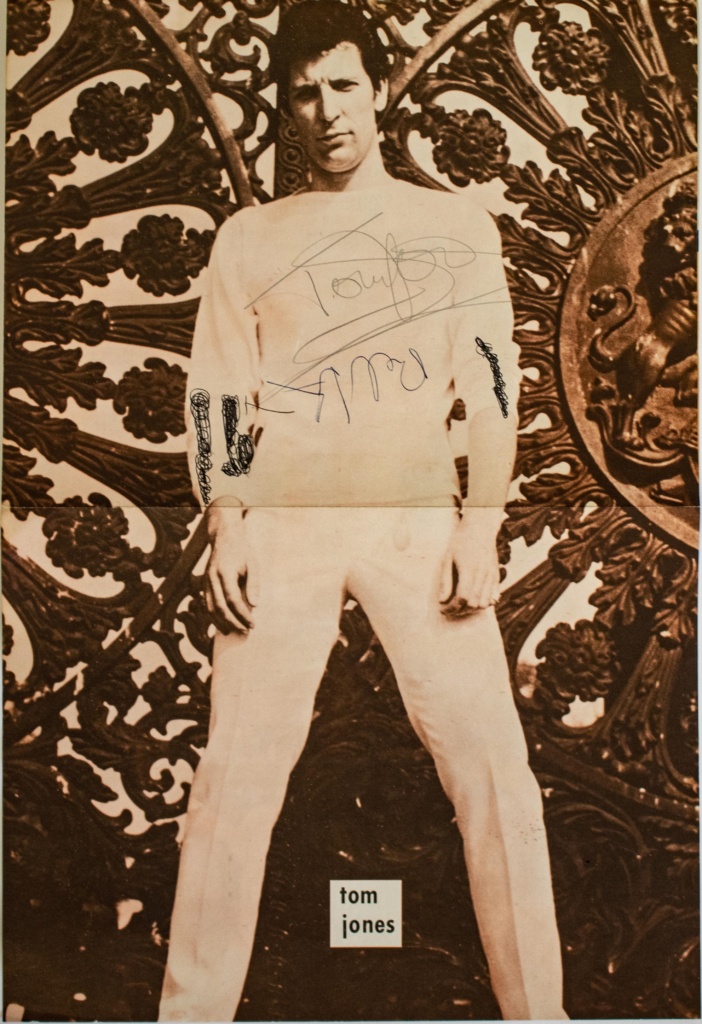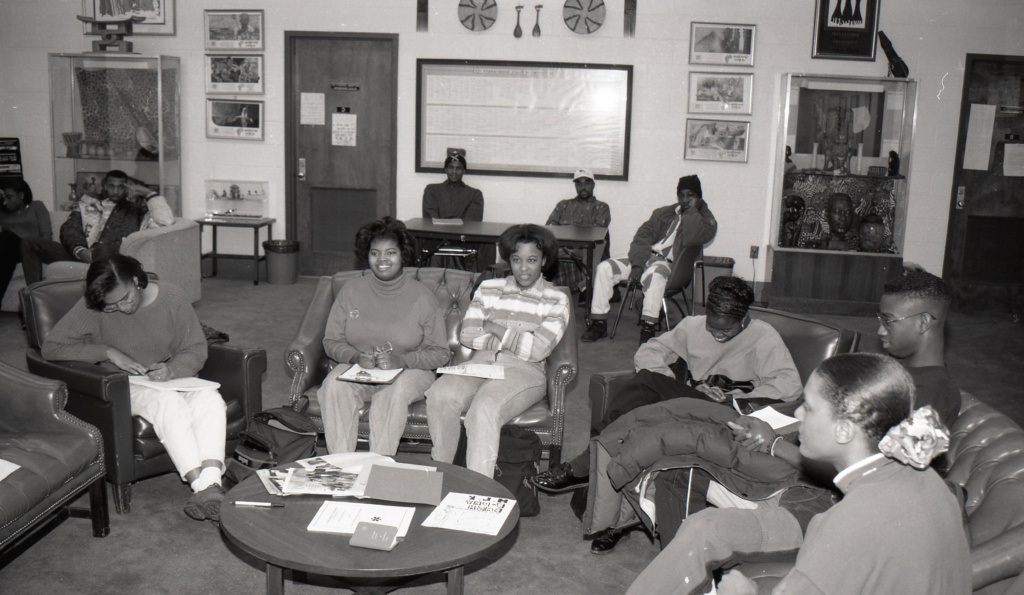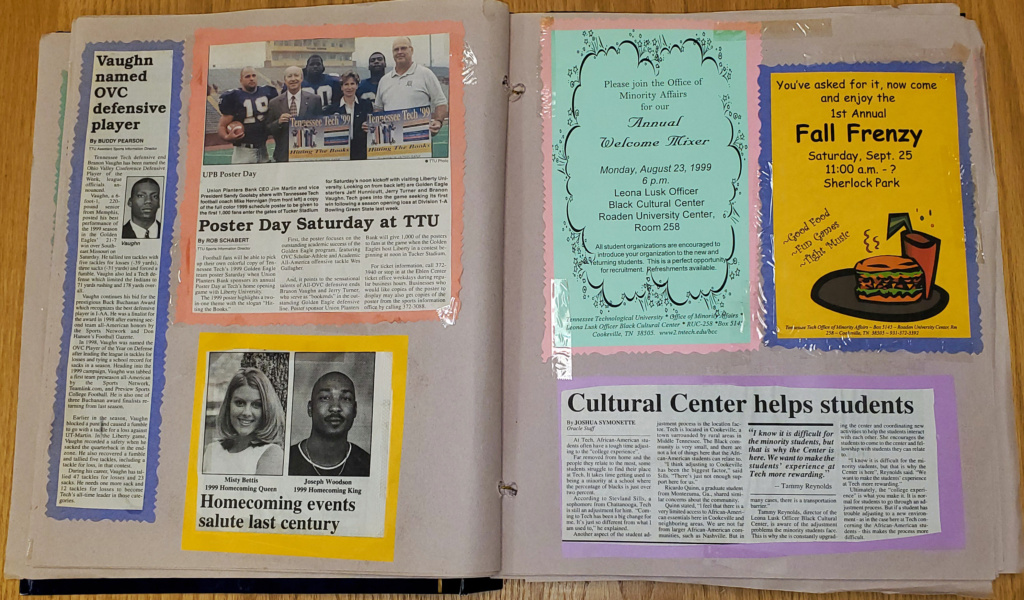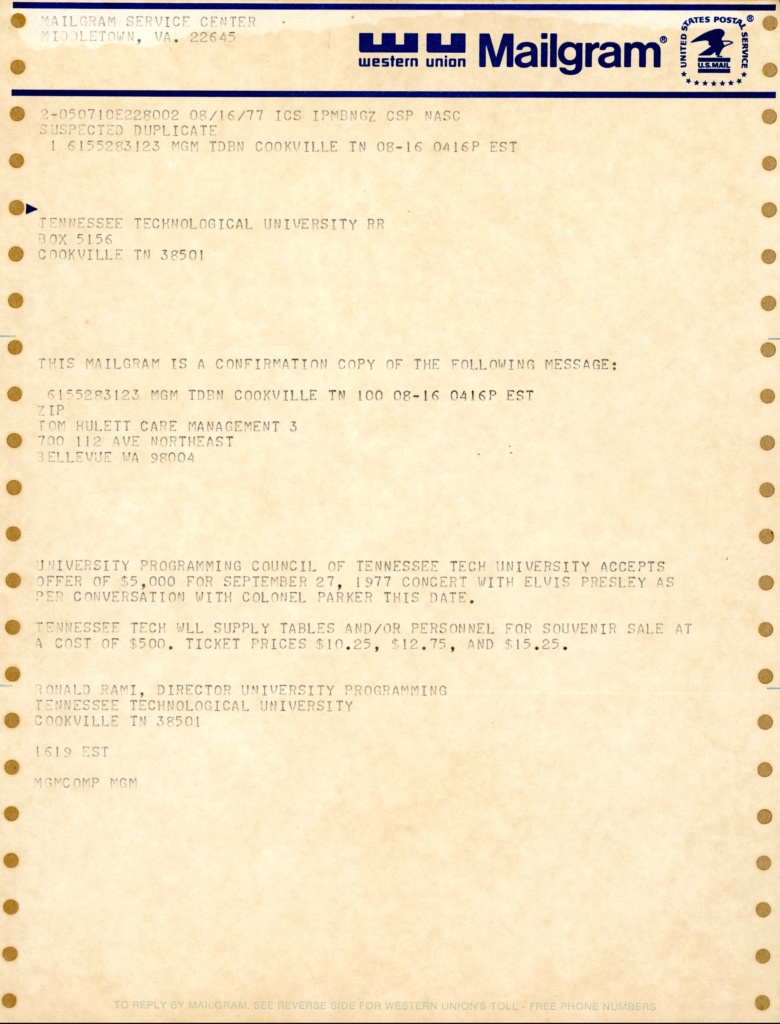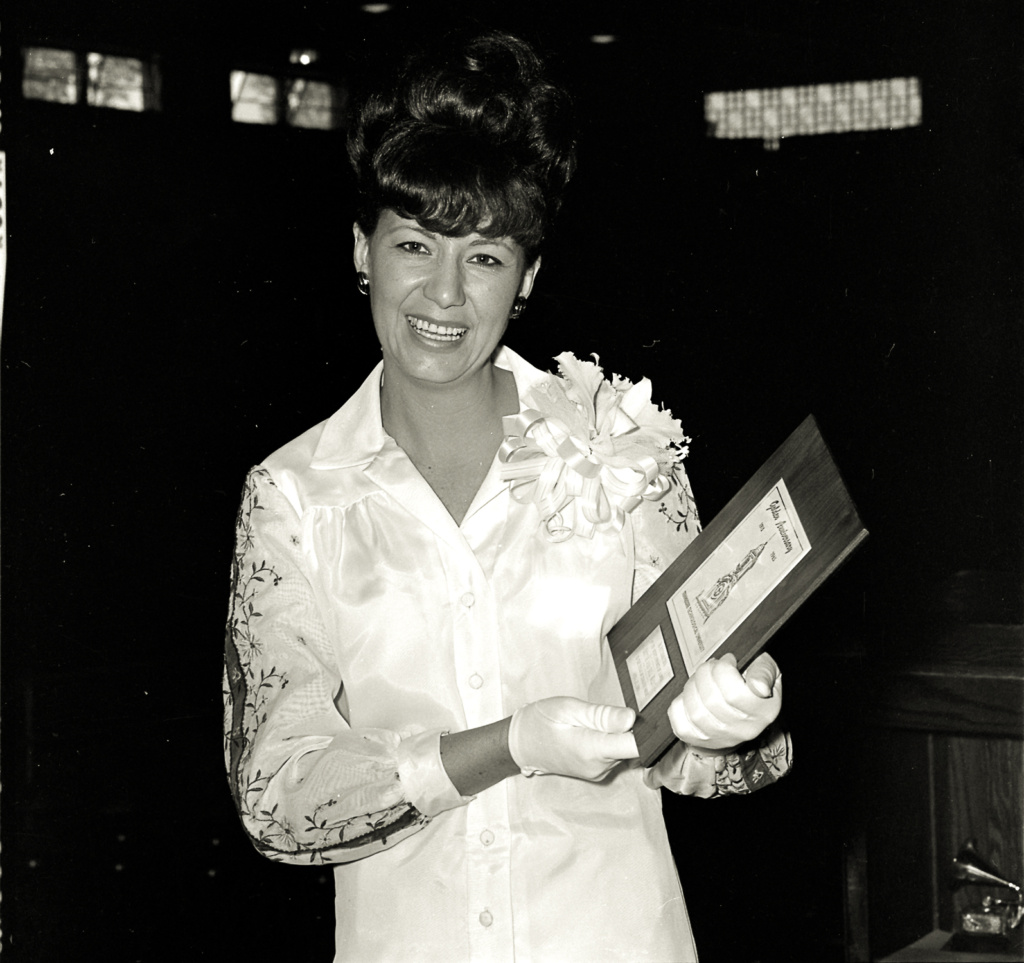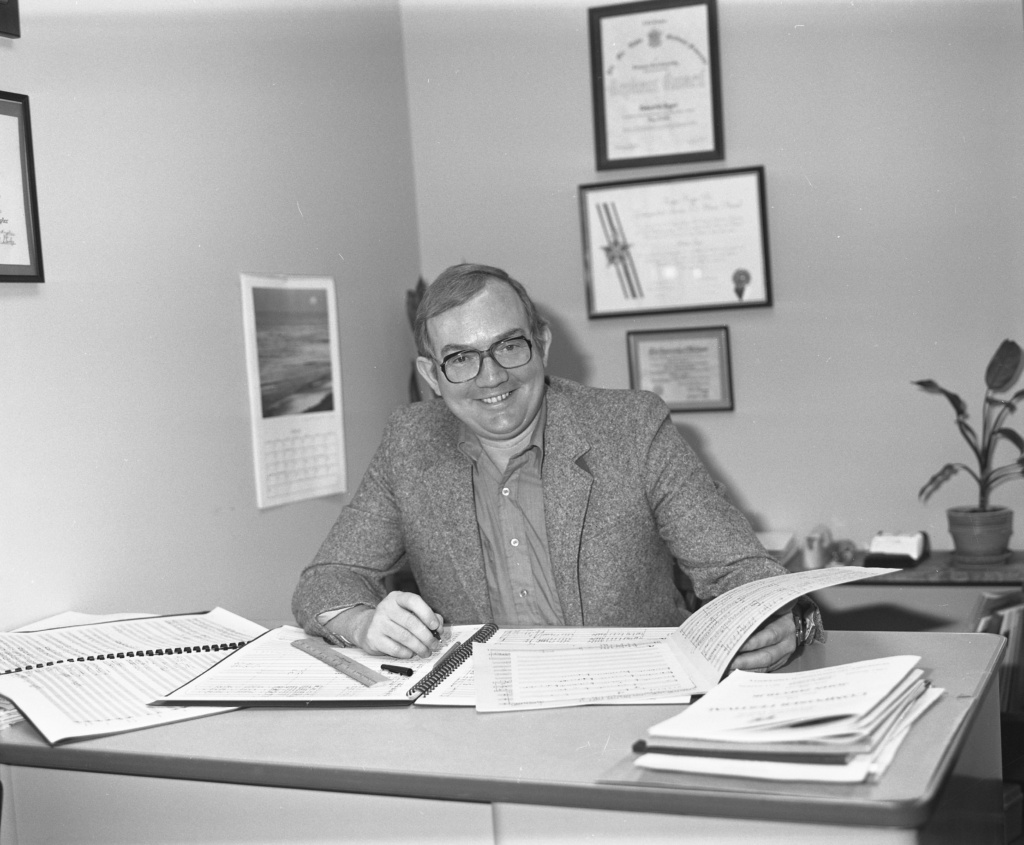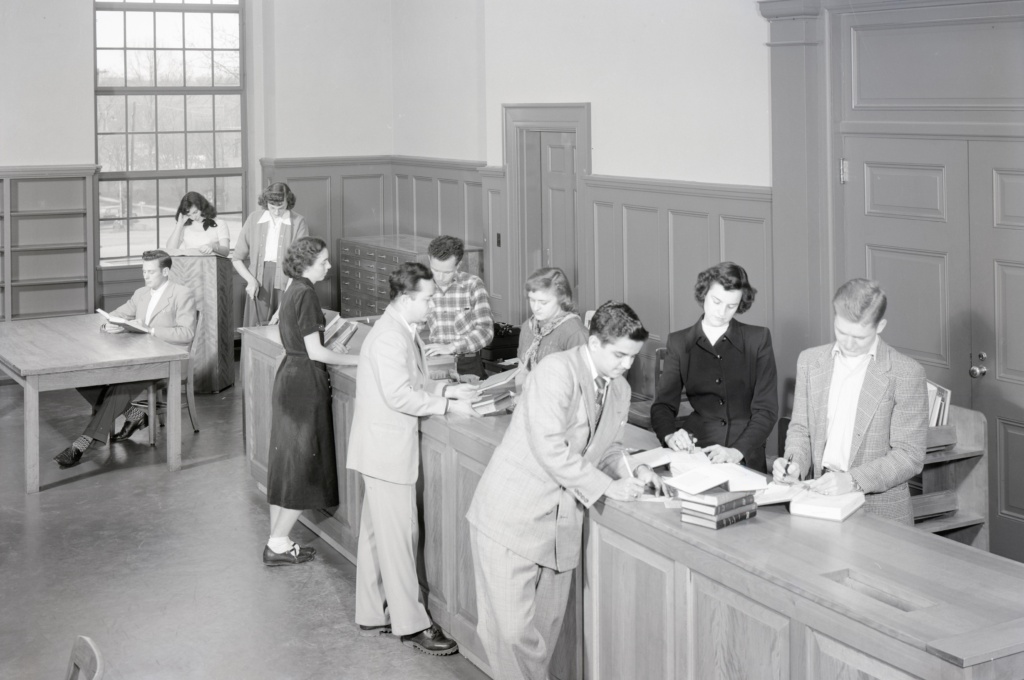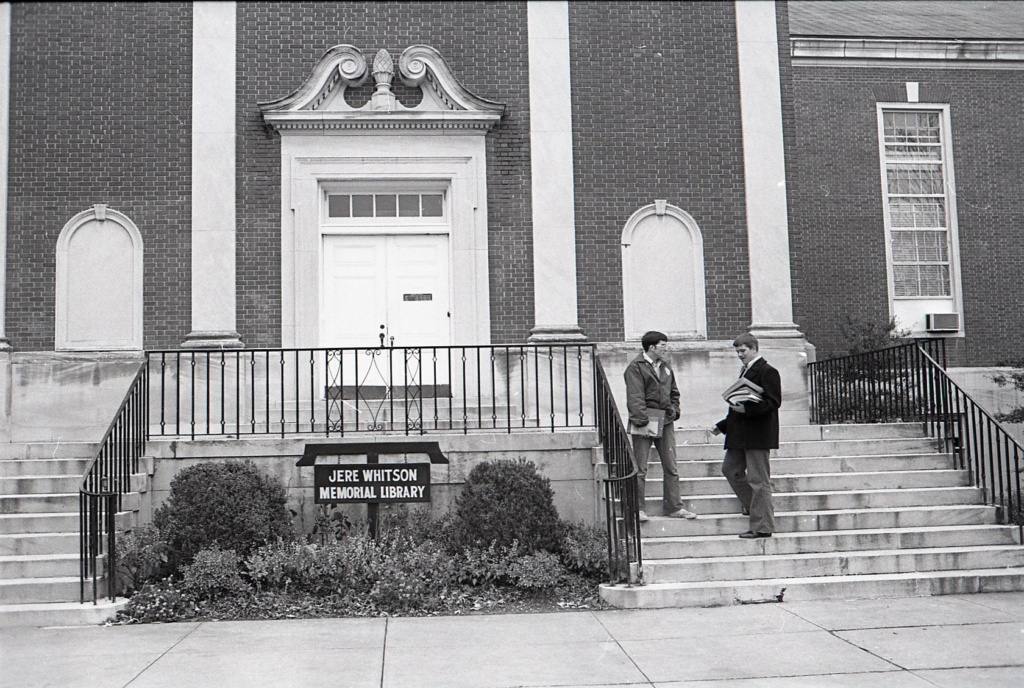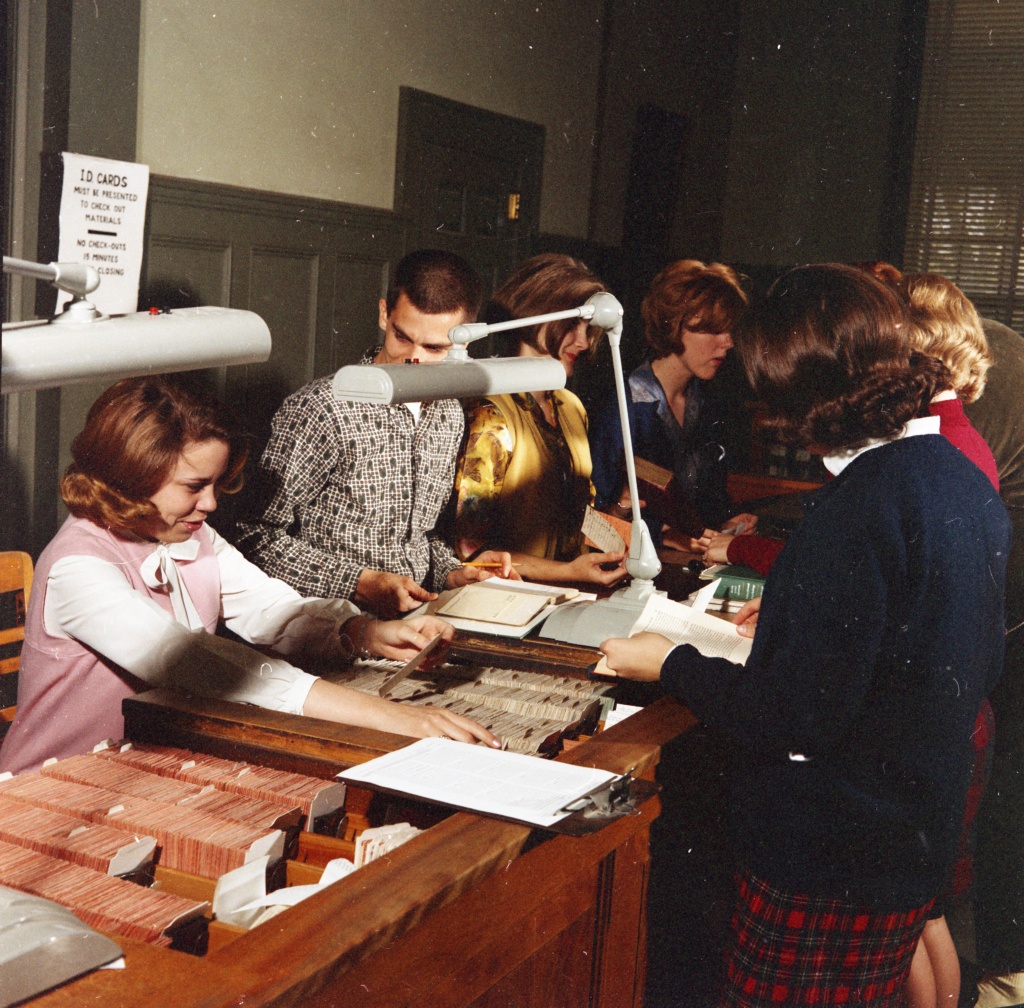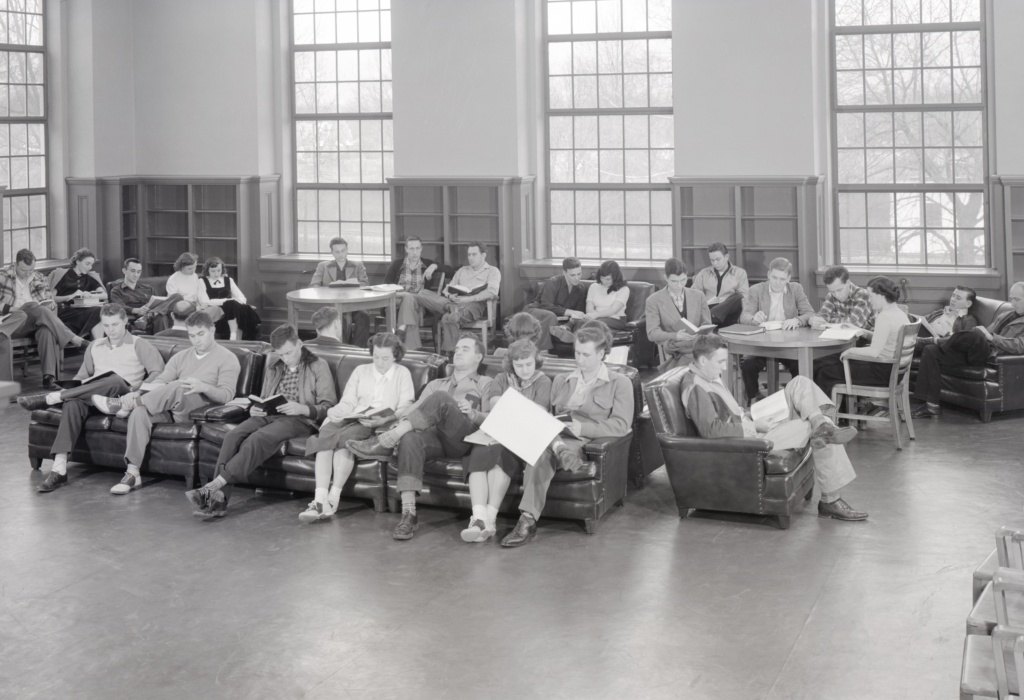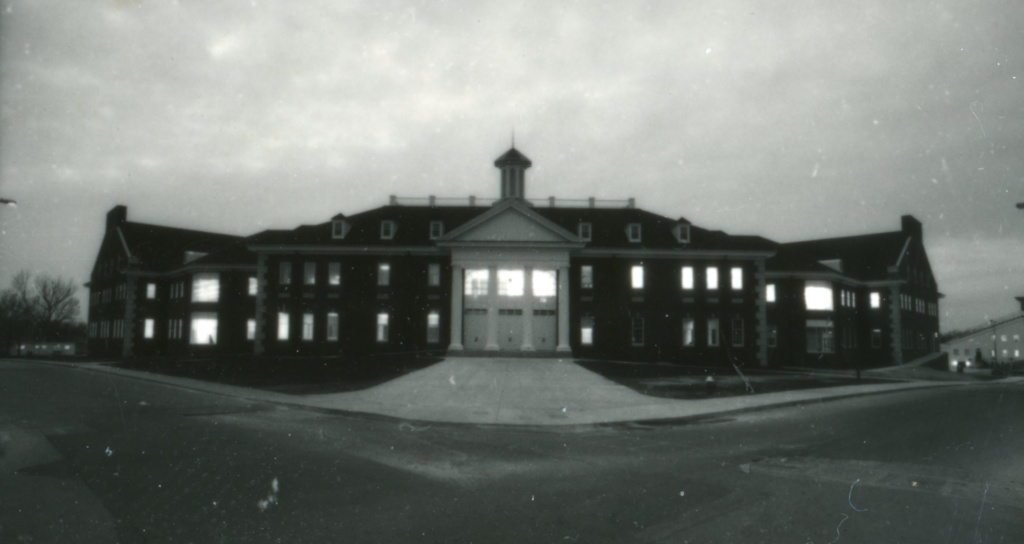On Tuesday, May 11, I dropped off some sound and video recording to a professional digitization service in Atlanta, GA. I dropped off these materials so that I could ensure they securely made it to the facility. The materials we dropped off at the digitization service included oral histories with the Derryberrys, faculty members, WWII veterans, Vietnam War veterans, miners from Fentress County, and the radio show “Cumberland Viewpoint” with Dave Johnson.
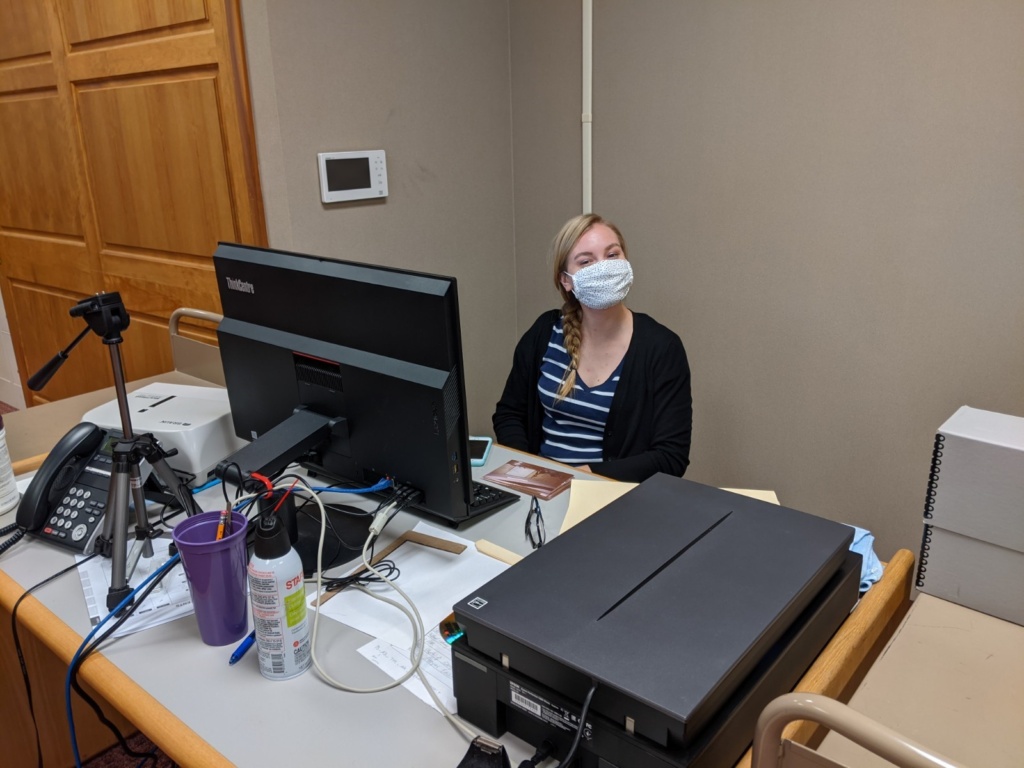
Having archival materials digitized by a vendor is often the best choice for an archive or even an individual. Digitization is a timely and costly process. We often treat obsolete media format playback as if this is the last time the media will be played in its original format. Many times, after playback, these media may never be able to be played again due to their fragility or the inability to find a playback equipment such as film projectors. Professional vendors know the special care and needs of these fragile, unique materials which all require different care. Some videotapes even need baking, which temporarily restores them for digitization.
Materials we delivered included reel to real audio, cassette tapes, 8 mm film, 16 mm film, Umatic videotape, Hi 8 videocassettes, VHS-C, DV and mini DV, and digital videotapes. Maintaining playback equipment for these many formats is costly and requires professional staff and time to operate all the equipment.
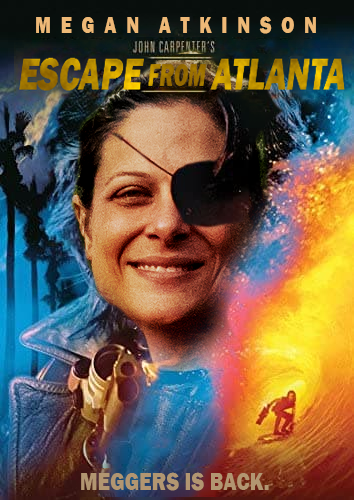
This will save us valuable time, but that is not to say there is no work on our end. We selected the media and will need to provide descriptive information for all the items (many of which have not been heard in over 70 years) so they are discoverable. The digitized media then needs storage in a preservation software so that it does not meet the demise its physical format did. Digital materials, if not cared for properly, can meet the same demise as the older media formats!
When I set out for Atlanta, I was entirely unaware of the potential for gas shortages, but I soon found out when I arrived with an empty gas tank. It took 2 days to find gas so I could make the trip back to Tennessee, and I was wondering if I was going to be able to get back when I planned. I sat in line watching gas stations run out. This prompted my friend Chuck Sutherland to doctor the comedic movie parody image. Despite the trouble, the materials were delivered and I made it home. Stay tuned for the availability of these materials in our digital collections (https://tntech.access.preservica.com/archive/)!

